Synthetic leather has taken the fashion and footwear industry by storm, offering a sustainable and versatile alternative to traditional animal leather. As consumers become increasingly conscious of their environmental impact, the demand for synthetic leather shoes continues to rise. In this comprehensive guide, we delve into the world of synthetic leather, exploring its durability, sustainability, and style in the context of shoes. What is Synthetic Leather? Synthetic leather, also known as faux leather or pleather, is a man-made material designed to mimic the look and feel of genuine leather. It is typically made from a combination of polyurethane (PU) or polyvinyl chloride (PVC) and fabric, creating a durable and versatile material that is increasingly used in the production of shoes, handbags, and clothing. The Advantages of Synthetic Leather in Shoes: 1. Durability: One of the key advantages of synthetic leather in shoes is its durability. Unlike genuine leather, synthetic leather is resistant to cracking, peeling, and fading, making it an ideal choice for everyday wear. This durability ensures that synthetic leather shoes maintain their quality and appearance over time, providing long-lasting value for the consumer. 2. Sustainability: Synthetic leather offers a more sustainable alternative to traditional animal leather. The production of synthetic leather consumes fewer resources and generates less waste than the production of genuine leather. Additionally, the use of synthetic leather helps to reduce the demand for animal products, contributing to a more ethical and environmentally friendly fashion industry. 3. Versatility: Synthetic leather comes in a wide range of colors, textures, and finishes, offering designers endless possibilities for creativity and innovation.
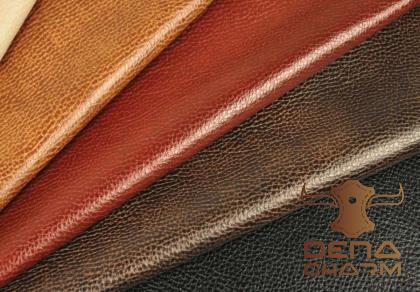
.
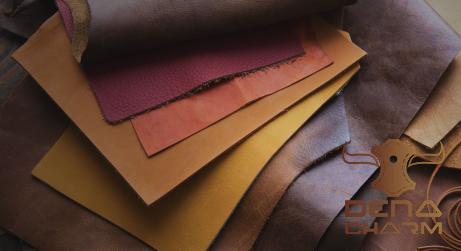 From sleek patent leather to distressed leather-look finishes, synthetic leather allows for a diverse range of styles and designs in shoe production. This versatility ensures that consumers can find synthetic leather shoes to suit their individual tastes and preferences. The Process of Making Synthetic Leather: The production of synthetic leather involves several key steps, starting with the selection of materials and ending with the finished product. The process typically includes the following stages: 1. Material Selection: Synthetic leather is made from a combination of polyurethane or polyvinyl chloride and fabric. These materials are chosen for their durability, flexibility, and ability to mimic the look and feel of genuine leather. 2. Coating Application: The chosen materials are coated with a layer of polyurethane or PVC, which gives the synthetic leather its distinctive texture and appearance. The coating process may involve embossing, printing, or other techniques to create specific patterns and finishes. 3. Drying and Curing: The coated materials are dried and cured to ensure that the synthetic leather is properly bonded and has a consistent texture. This step is crucial for maintaining the quality and durability of the synthetic leather. 4. Finishing Touches: Once the synthetic leather has been dried and cured, it undergoes finishing processes such as polishing, embossing, or coloring to achieve the desired final look. These finishing touches enhance the appearance and quality of the synthetic leather, ensuring that it meets industry standards. The Eco-Friendly Aspect of Synthetic Leather: In addition to its durability and versatility, synthetic leather is also lauded for its eco-friendly properties. Unlike traditional leather production, which involves the slaughter of animals and the use of harmful chemicals in tanning processes, synthetic leather production has a significantly lower environmental impact. The production of synthetic leather consumes fewer resources, generates less waste, and reduces the demand for animal products. Additionally, many manufacturers of synthetic leather are investing in sustainable practices such as water conservation, energy efficiency, and waste reduction to minimize their environmental footprint.
From sleek patent leather to distressed leather-look finishes, synthetic leather allows for a diverse range of styles and designs in shoe production. This versatility ensures that consumers can find synthetic leather shoes to suit their individual tastes and preferences. The Process of Making Synthetic Leather: The production of synthetic leather involves several key steps, starting with the selection of materials and ending with the finished product. The process typically includes the following stages: 1. Material Selection: Synthetic leather is made from a combination of polyurethane or polyvinyl chloride and fabric. These materials are chosen for their durability, flexibility, and ability to mimic the look and feel of genuine leather. 2. Coating Application: The chosen materials are coated with a layer of polyurethane or PVC, which gives the synthetic leather its distinctive texture and appearance. The coating process may involve embossing, printing, or other techniques to create specific patterns and finishes. 3. Drying and Curing: The coated materials are dried and cured to ensure that the synthetic leather is properly bonded and has a consistent texture. This step is crucial for maintaining the quality and durability of the synthetic leather. 4. Finishing Touches: Once the synthetic leather has been dried and cured, it undergoes finishing processes such as polishing, embossing, or coloring to achieve the desired final look. These finishing touches enhance the appearance and quality of the synthetic leather, ensuring that it meets industry standards. The Eco-Friendly Aspect of Synthetic Leather: In addition to its durability and versatility, synthetic leather is also lauded for its eco-friendly properties. Unlike traditional leather production, which involves the slaughter of animals and the use of harmful chemicals in tanning processes, synthetic leather production has a significantly lower environmental impact. The production of synthetic leather consumes fewer resources, generates less waste, and reduces the demand for animal products. Additionally, many manufacturers of synthetic leather are investing in sustainable practices such as water conservation, energy efficiency, and waste reduction to minimize their environmental footprint.
..
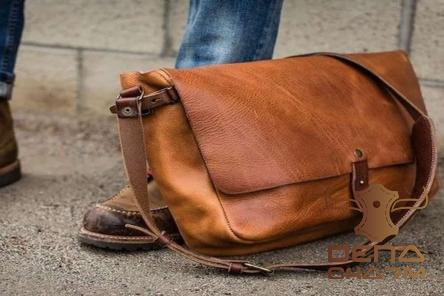 As consumers become increasingly concerned about the environmental impact of their purchasing decisions, the demand for eco-friendly products such as synthetic leather shoes is expected to continue growing. By choosing synthetic leather over traditional leather, consumers can support sustainable fashion practices and contribute to a more environmentally conscious industry. Tips for Caring for Synthetic Leather Shoes: To ensure that your synthetic leather shoes maintain their quality and appearance over time, it is essential to follow proper care and maintenance techniques. Here are some tips for caring for synthetic leather shoes: 1. Regular Cleaning: To remove dirt and debris from your synthetic leather shoes, use a damp cloth or soft brush to gently clean the surface. Avoid using harsh chemicals or abrasive cleaners, as these can damage the material. 2. Conditioning: To prevent synthetic leather from drying out and cracking, apply a small amount of leather conditioner to the shoes regularly. This will help to keep the material supple and moisturized, prolonging the life of your shoes. 3. Storage: When not in use, store your synthetic leather shoes in a cool, dry place away from direct sunlight. Avoid folding or creasing the shoes, as this can cause permanent damage to the material. 4. Waterproofing: To protect your synthetic leather shoes from water damage, consider applying a waterproofing spray or treatment to the surface. This will help to repel moisture and prevent staining, extending the life of your shoes. In conclusion, synthetic leather has emerged as a durable, sustainable, and stylish alternative to traditional leather in the production of shoes. With its versatility, eco-friendly properties, and long-lasting durability, synthetic leather offers a compelling choice for consumers seeking quality footwear that aligns with their values. By understanding the benefits of synthetic leather and following proper care guidelines, consumers can enjoy the beauty and functionality of synthetic leather shoes for years to come. 5. Repairs: In the event that your synthetic leather shoes become damaged, it is advisable to seek professional repair services. Many shoe repair shops have experience working with synthetic materials and can provide effective solutions for fixing scratches, tears, or other issues. Attempting DIY repairs may further damage the shoes, so it is best to leave complex repairs to the experts.
As consumers become increasingly concerned about the environmental impact of their purchasing decisions, the demand for eco-friendly products such as synthetic leather shoes is expected to continue growing. By choosing synthetic leather over traditional leather, consumers can support sustainable fashion practices and contribute to a more environmentally conscious industry. Tips for Caring for Synthetic Leather Shoes: To ensure that your synthetic leather shoes maintain their quality and appearance over time, it is essential to follow proper care and maintenance techniques. Here are some tips for caring for synthetic leather shoes: 1. Regular Cleaning: To remove dirt and debris from your synthetic leather shoes, use a damp cloth or soft brush to gently clean the surface. Avoid using harsh chemicals or abrasive cleaners, as these can damage the material. 2. Conditioning: To prevent synthetic leather from drying out and cracking, apply a small amount of leather conditioner to the shoes regularly. This will help to keep the material supple and moisturized, prolonging the life of your shoes. 3. Storage: When not in use, store your synthetic leather shoes in a cool, dry place away from direct sunlight. Avoid folding or creasing the shoes, as this can cause permanent damage to the material. 4. Waterproofing: To protect your synthetic leather shoes from water damage, consider applying a waterproofing spray or treatment to the surface. This will help to repel moisture and prevent staining, extending the life of your shoes. In conclusion, synthetic leather has emerged as a durable, sustainable, and stylish alternative to traditional leather in the production of shoes. With its versatility, eco-friendly properties, and long-lasting durability, synthetic leather offers a compelling choice for consumers seeking quality footwear that aligns with their values. By understanding the benefits of synthetic leather and following proper care guidelines, consumers can enjoy the beauty and functionality of synthetic leather shoes for years to come. 5. Repairs: In the event that your synthetic leather shoes become damaged, it is advisable to seek professional repair services. Many shoe repair shops have experience working with synthetic materials and can provide effective solutions for fixing scratches, tears, or other issues. Attempting DIY repairs may further damage the shoes, so it is best to leave complex repairs to the experts.
…
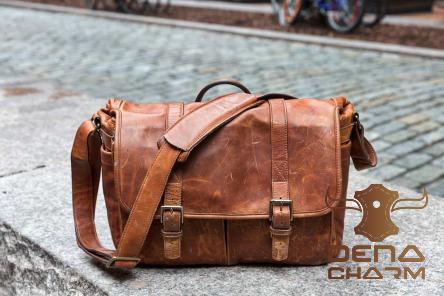 6. Avoiding Extreme Temperatures: Synthetic leather can be sensitive to extreme temperatures, so it is important to store your shoes in a climate-controlled environment. Avoid exposing your shoes to direct heat sources, such as radiators or intense sunlight, as this can cause the material to warp, crack, or fade. By keeping your synthetic leather shoes in a stable temperature environment, you can help preserve their quality and appearance. The Myth of Synthetic Leather Being Inferior to Genuine Leather: There is a common misconception that synthetic leather is inferior to genuine leather in terms of quality and longevity. While it is true that genuine leather has a rich texture and natural patina that develops over time, synthetic leather offers its own set of benefits that make it a valuable alternative for consumers. Synthetic leather is often more durable and resistant to wear and tear than genuine leather, making it a practical choice for everyday use. Additionally, synthetic leather is easier to clean and maintain, as it is less prone to staining and discoloration. With proper care, synthetic leather shoes can maintain their appearance and quality for years, rivaling the longevity of genuine leather products. Another advantage of synthetic leather is its versatility in terms of style and design. Unlike genuine leather, which is limited by the availability of animal hides and natural variations, synthetic leather can be produced in a wide range of colors, finishes, and textures. This allows designers to experiment with innovative looks and create unique footwear that stands out in the market. Furthermore, the sustainable aspect of synthetic leather cannot be overlooked. As the fashion industry grapples with the ethical implications of using animal products, synthetic leather offers a cruelty-free and environmentally friendly alternative that aligns with modern values of sustainability and conscious consumerism. By choosing synthetic leather, consumers can support ethical fashion practices without compromising on style or quality. The Future of Synthetic Leather Shoes: As the demand for sustainable and eco-friendly products continues to grow, the future of synthetic leather shoes looks promising. Manufacturers are investing in research and development to improve the quality, durability, and sustainability of synthetic leather materials, resulting in innovative products that meet the needs of today’s discerning consumers. Advancements in technology are enabling the production of synthetic leather that closely resembles genuine leather in look and feel, offering consumers a high-quality alternative that does not sacrifice performance or aesthetics. From high-end fashion brands to everyday footwear manufacturers, synthetic leather is gaining traction as a viable choice for footwear production. Moreover, as consumer awareness of sustainability and ethical sourcing increases, the market for synthetic leather shoes is expanding. Manufacturers are responding to this demand by creating transparent supply chains, implementing eco-friendly production practices, and adopting certifications that verify the sustainability of their products. This shift towards sustainable fashion is driving the adoption of synthetic leather as a preferred material for environmentally conscious consumers.
6. Avoiding Extreme Temperatures: Synthetic leather can be sensitive to extreme temperatures, so it is important to store your shoes in a climate-controlled environment. Avoid exposing your shoes to direct heat sources, such as radiators or intense sunlight, as this can cause the material to warp, crack, or fade. By keeping your synthetic leather shoes in a stable temperature environment, you can help preserve their quality and appearance. The Myth of Synthetic Leather Being Inferior to Genuine Leather: There is a common misconception that synthetic leather is inferior to genuine leather in terms of quality and longevity. While it is true that genuine leather has a rich texture and natural patina that develops over time, synthetic leather offers its own set of benefits that make it a valuable alternative for consumers. Synthetic leather is often more durable and resistant to wear and tear than genuine leather, making it a practical choice for everyday use. Additionally, synthetic leather is easier to clean and maintain, as it is less prone to staining and discoloration. With proper care, synthetic leather shoes can maintain their appearance and quality for years, rivaling the longevity of genuine leather products. Another advantage of synthetic leather is its versatility in terms of style and design. Unlike genuine leather, which is limited by the availability of animal hides and natural variations, synthetic leather can be produced in a wide range of colors, finishes, and textures. This allows designers to experiment with innovative looks and create unique footwear that stands out in the market. Furthermore, the sustainable aspect of synthetic leather cannot be overlooked. As the fashion industry grapples with the ethical implications of using animal products, synthetic leather offers a cruelty-free and environmentally friendly alternative that aligns with modern values of sustainability and conscious consumerism. By choosing synthetic leather, consumers can support ethical fashion practices without compromising on style or quality. The Future of Synthetic Leather Shoes: As the demand for sustainable and eco-friendly products continues to grow, the future of synthetic leather shoes looks promising. Manufacturers are investing in research and development to improve the quality, durability, and sustainability of synthetic leather materials, resulting in innovative products that meet the needs of today’s discerning consumers. Advancements in technology are enabling the production of synthetic leather that closely resembles genuine leather in look and feel, offering consumers a high-quality alternative that does not sacrifice performance or aesthetics. From high-end fashion brands to everyday footwear manufacturers, synthetic leather is gaining traction as a viable choice for footwear production. Moreover, as consumer awareness of sustainability and ethical sourcing increases, the market for synthetic leather shoes is expanding. Manufacturers are responding to this demand by creating transparent supply chains, implementing eco-friendly production practices, and adopting certifications that verify the sustainability of their products. This shift towards sustainable fashion is driving the adoption of synthetic leather as a preferred material for environmentally conscious consumers.
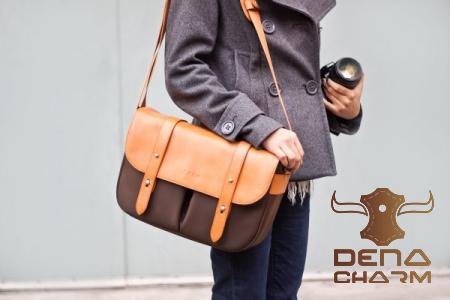
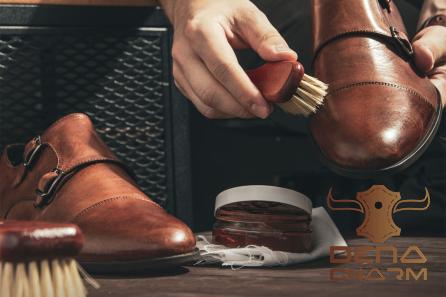
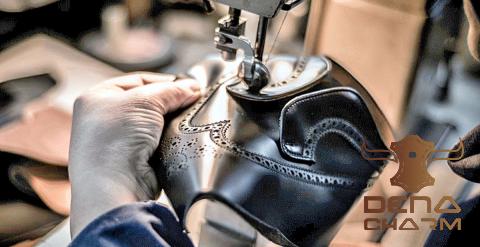
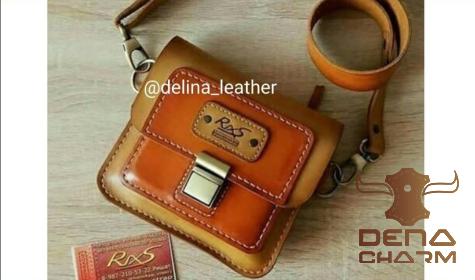
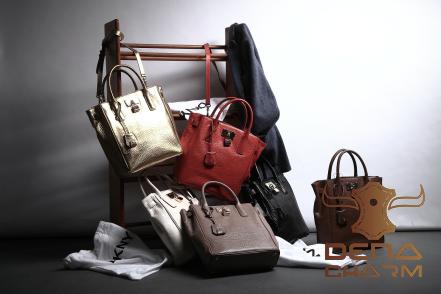
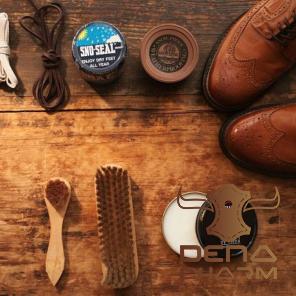
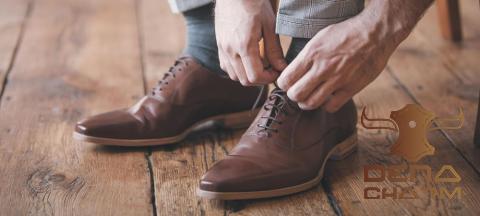
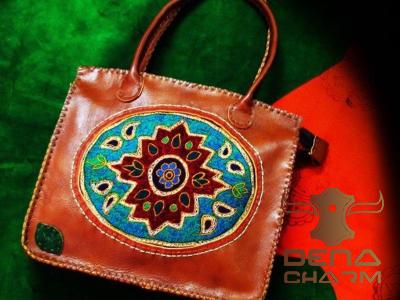

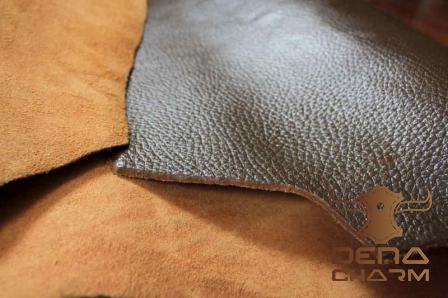
Your comment submitted.